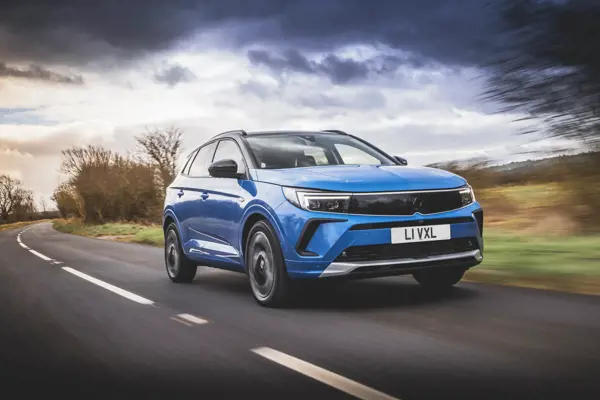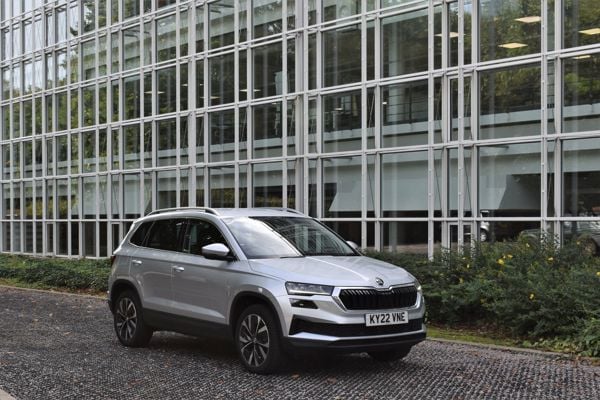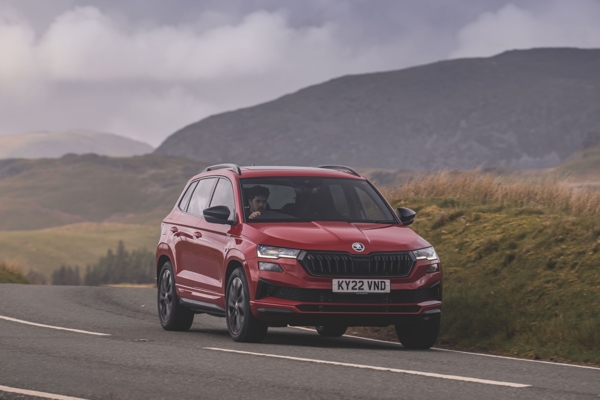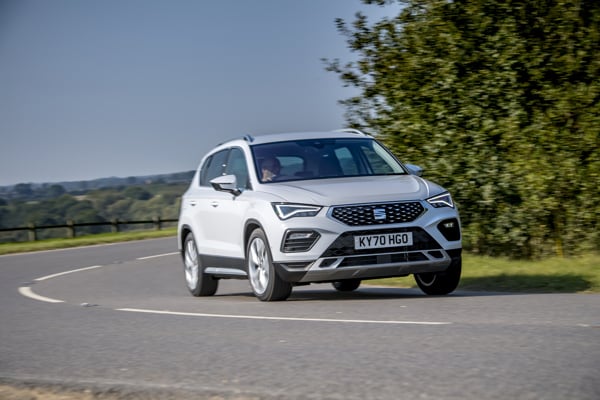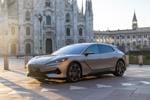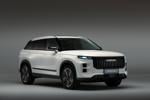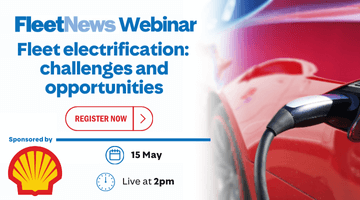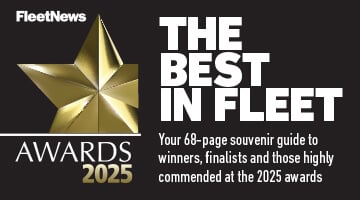Review
The Citroen C5 Aircross Hybrid presents a mixed case with pros and cons.
While it offers a comfortable ride for the front seat passengers, compelling safety features, and a competitive P11D price, its high depreciation, mediocre fuel economy, and sluggish acceleration may limit its appeal compared to fleet favorites like the Nissan Qashqai and Kia Sportage.
The powertrain - a 1.2-litre mild-hybrid system producing 136PS - delivers steady but uninspiring performance.
The new six-speed dual-clutch automatic transmission offers smoother shifts than Citroen’s previous eight-speed unit, but the engine struggles when at full-throttle, with a high pitch tone - and a nervous driver when pulling onto the A1 in the dark amid busy traffic.
Acceleration from 0-60mph in 10.2 seconds is sluggish.
The Nissan Qashqai 1.5 E-Power, that we compare the C5 to below, can do the same speed in 7.9 seconds. Yet it can do 54.3mpg, compared to the C5’s 50.4mpg.
Same with the Kia Sportage and Tucson hybrids, also in our comparison.
They are both more powerful, with 1.6 engines, the Tucson producing 218PS, the Sportage 210PS, so the the Citroen’s performance makes sense.
Yet, the Hyundai is stated by the manufacturer to achieve the same combined mpg as the Citroen at at 50.4mpg; the Kia a sniff under at 49.6.
The hybrid system’s ability to run in electric mode at low speeds is beneficial for urban driving, with Citroen claiming up to 50% of journeys can be completed using electric power alone.
At low speed is where the car seems most at ease, with the electric and petrol motors working seamlessly together as you accelerate from start.
However, there should be some caution when judging the hybrid’s overall efficiency gains, as real-world performance has not met expectations. I finished my six months in the C5 at 37.1 mpg.
The C5 Aircross stands out in terms of comfort and practicality. It boasts a generous luggage capacity, offering 720 litres with seats up. The interior is designed for long-haul comfort, with generously sized, heated front and rear seats, adjustable backrests, and large, deep center console storage.
Safety features are comprehensive, including adaptive cruise control, blind-spot monitoring, lane departure warning, and radar-assisted braking.
However, infotainment usability issues, such as problems with using Apple CarPlay, could rile drivers and prove an unwanted issue for their fleet managers.
From a financial perspective, the Citroen has a competitive P11D price, making it the second most affordable among the four we compared it to.
However, its total cost of ownership (TCO) is the highest in our four-way comparison, primarily due to depreciation, which is the highest among our competitor set.
The vehicle’s service, maintenance, and repair (SMR) cost is also above the segment average.
With a fuel per mile cost of 13.26p, the C5 Aircross is on par with the Tucson and ahead of the Sportage.
On company car tax liability, the Citroen’s CO2 emissions of 130g/km place it in the 31% benefit-in-kind (BiK) tax band.
For a 20% taxpayer, the annual cost is £2,097, which is lower than both the Tucson and Sportage but marginally higher than the Qashqai (£1,900).
Note that opting for the lower-spec Max trim (£31,225) would drop the Citroen into the 30% BIK bracket, offering a slight tax advantage.
Given these factors, the C5 Aircross is best suited for fleets prioritizing comfort and practicality over outright cost efficiency.
Running costs compared
I’ve noted previously how comfortable the Citroen is to drive due to the size and softness of the seats on the longest journeys. But how comfortable is it in the pocket?
It’s time to deep dive into the costs of running the C5 Aircross against its rivals, using the tools available on the Fleet News website.
I’ll be using a four year / 80,000 miles operating cycle as the basis of a comparison of key measures, from monthly total cost of ownership and pence per mile costs for depreciation and fuel to the tax liabilities at 20% and 40% (see table) to luggage capacity.
The models going head-to-head with our test car are the Nissan Qashqai 1.5 E-Power Acenta Premium, Hyundai Tucson 1.6 TGDi Hybrid 230 SE Connect and Kia Sportage 1.6T GDi 207 HEV GT-Line Auto.
It’s the toughest of battles for the Citroen against SUVs that are well established in the market, and in fleet particularly.
Measured in true fleet sales for all powertrain types, the Sportage was the second-best seller at 14,163 units last year. The Qashqai with 11,245 sales was sixth and the Tucson 10th at 9,701 units.
True fleet sales of the C5 in 2025 totalled 441 units, putting it at number 173.
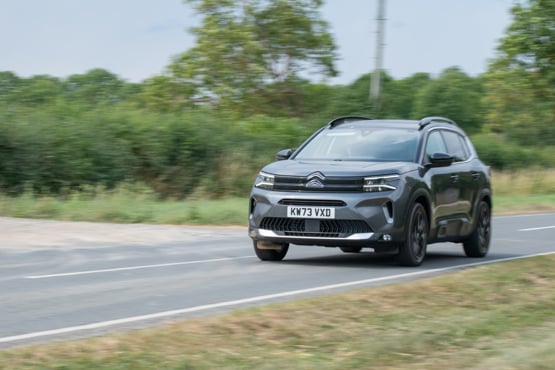
Looking first at the positives, only the Qashqai has a lower P11D price at £33,765, £50 less than the Citroen. The Sportage is nearly £2,000 more expensive.
It means the Citroen, with CO2 emissions of 130g/km - the highest of the four cars compared – and a 31% BIK charge, has a competitive company car tax liability. For a 20% taxpayer the cost would be £2,097, lower than the Tuscon and Sportage.
It’s only beaten by the Qashqai with a tax bill a little shy of £1,900.
And with a fuel per mile cost of 13.26p, the Citroen matches the cost of the Tucson, putting them both ahead of the Qashqai and the most expensive, the Sportage (13.47ppm).
The benefits of the model’s engine refinements on fuel economy become evident, perhaps making up for the sluggish acceleration speed noted in a previous review.
From here on things get tough on the field of battle for the C5 Aircross.
It has the highest total cost of ownership figure (£903 per month) - £56 a month more than the Qashqai - and depreciation cost (29.84 pence per mile).
The service, maintenance and repair cost at 4.7ppm is only better than the Qashqai.
To end this scrummage with a positive note, the C5 does have the biggest luggage capacity (with the seats up) by some measure, at 720 litres.
This is 17% more than the nearest rival, the Tucson at 616-litres.
Long-distance comfort
One of the most repeated views on the C5 Aircross has been its comfort.
The front seats are generously sized and the right mix of soft and firm to keep you comfortable for any length of driving.
I’ve been to Birmingham and Leeds from Peterborough in it without any of the aftereffects that longer journeys can impart. And a colleague chose the Citroen to use on a golfing trip from Norfolk to Scotland for this reason.
The front and rear seats are heated too, and there is the right amount of manual adjustment, height, slide and backrest), with a six-way electric driver adjustment.
The three individual seats in the back have backrest adjustment and can be folded into the floor, maximising boot space from 580 litres to 1,630.
Other factors contributing to comfort – and safety – include a generously sized centre storage box and armrest, amongst several storage options, there’s keyless entry and start, and a ‘city camera pack’ incorporating front and rear parking sensors and rear-view reversing camera.
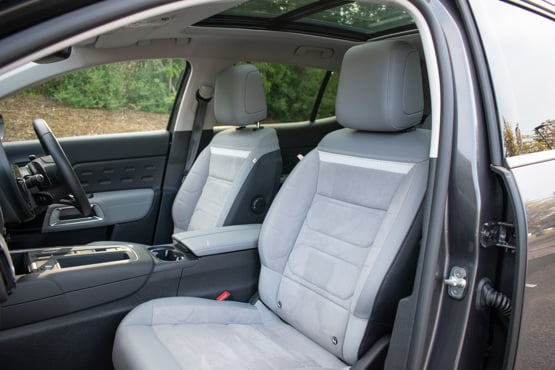
Safety features include video and radar-assisted braking – including pedestrian, cyclist and junction detection – with a collision risk warning, coffee break alert, lane departure warning, traffic sign recognition, blind spot monitoring and adaptive cruise control.
There have been a couple of issues that disturbed the comfort.
I needed to revert to YouTube to alter the time when the clocks went back in October. Thanks to Penton Motor Group Poole for imparting the knowledge needed.
Apple Car Play: I can’t make it work, whether my iPhone is plugged in or not. The icon appears on the infotainment screen, but it’s greyed out, unresponsive to touch. There’s bound to be a video on it...
On the powertrain front there have been a couple of frowns.
Compared to the automatic petrol versions, Citroen claims the hybrid offers fuel savings of up to 15%, rising to 30% on average in urban settings, thanks to the electric motor.
In my experience of driving the C5 Aircross in the last month, it’s difficult to appreciate these claimed savings with an achievement of just 33.3mpg. It's a big drop from the 45mpg previously managed.
If I’m to blame for this, then it’s at times when a heavy push on the accelerator is required, such as when joining the A1 on my way to and from the office or coming off a slip road onto a motorway on the above-mentioned trips.
As noted in a previous review below, this is not the time for the “leisurely” 10.2 second 0-62mph acceleration. The engine note produced is less than harmonious.
The electric motor provides an additional 9kW (about 12hp of its total 28hp contribution) to help with acceleration. It’s much needed.
Big car, small engine
The engine in our C5 Aircross is quite an important one for Stellantis as it’s being rolled out across numerous models across the group.
From compact models like the Vauxhall Corsa to the large seven-seat Peugeot 5008, the new petrol 1.2-litre Hybrid unit promises great flexibility.
It’s paired with a new six-speed dual clutch automatic gearbox, which is good news for drivers familiar with the group’s existing eight-speed unit as the latter is sluggish and unresponsive.
Power is 136PS and a modest 230Nm of torque.
As a result, performance is steady rather than electrifying.
Acceleration from 0-62mph takes 10.2 seconds, which is a little leisurely by modern standards.
Around town the hybrid powertrain comes into its own. While the car doesn’t have an official zero-emission range it’s able to crawl through traffic and perform low speed manoeuvres using just battery power. Citroen claims up to 50% of journeys in the city can be completed in 100% electric mode.
At low speeds the engine and motor work together to boost efficiency and from the driving seat it’s often hard to tell which part is providing propulsion. The petrol engine is smooth and quiet, most of the time.
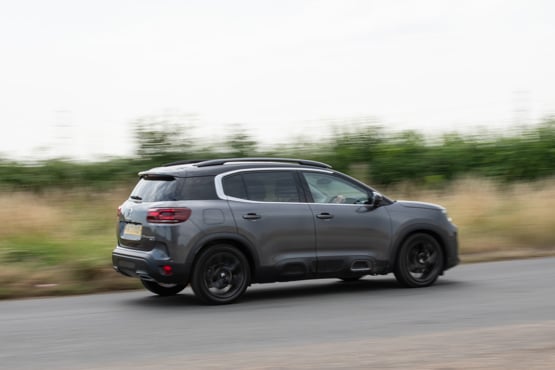
It’s when you need to really get a wriggle on that the engines power feels a little lacking. While the mild hybrid system is designed to give the engine a constant power boost during acceleration, in a large five seat SUV it does mean full throttle acceleration is lacking.
It’s better to keep the throttle applications light and let the power build more progressively. Once the car reaches motorway speeds it cruises quite happily.
The upshot of the engine’s small capacity and hybrid capability is realised when you look at fuel consumption. In shorter, low speed trips the hybrid uses a lot less fuel than a regular petrol engine. Citroen claims a 15% efficiency gain for the new powertrain. We’ve been averaging 45mpg, which is respectable but not class leading. The E-Tech hybrid unit in the Renault Austral manages 50mpg.
Citroen C5 Aircross E-Series Hybrid joins our fleet
Another day, another grey Citroen C5 Aircross joins the Fleet News long-term test fleet.
That’s no bad thing, of course. We’re quite fond of Citroen’s mid-size crossover, after all. Regular readers, however, may remember that we tested the plug-in hybrid (PHEV) version, in 2023.
Our latest acquisition is the new, and significantly cheaper, Hybrid version. It’s less complex, as it doesn’t need to be charged, but CO2 emissions are higher, so company car drivers will pay more tax.
At £33,815 - in E-Series trim - ‘our’ C5 Aircross Hybrid is more than £5,000 cheaper than the equivalent PHEV model.
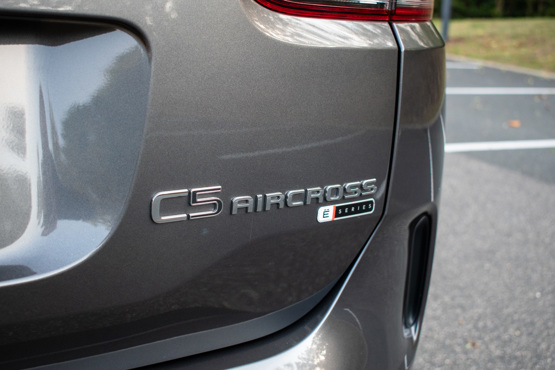
The powertrain uses a 48-volt mild-hybrid system, paired with a 1.2-litre three-cylinder petrol engine. It develops 136PS and promises around 50mpg.
CO2 emissions of 130g/km place the car in the 31% benefit-in-kind (BiK) tax band. If you opt for the lower-ranking Max trim level (£31,225) then it slips into the 30% banding.
By opting for the range-topping E-Series trim, our car comes with larger 19-inch wheels (hence the BiK penalty) but also gets a full suite of advance driver assistance systems, Alcantara upholstery, heated front seats, an electrically adjustable driver’s seat, keyless entry and a panoramic sunroof.
The C5 Aircross also benefits from Citroen’s Advanced Comfort suspension and seat technology, giving luxury-car comfort levels. This really makes it stand out against just about anything else in the segment.
It competes with some the UK’s best-selling models, including the Nissan Qashqai and Kia Sportage. Citroen’s market share in this segment is relatively small, at less than 2%, in comparison to the industry heavyweights. True fleet sales account for around a quarter of all C5 Aircross models sold last year.
Over the coming months, we’re looking forward to putting the car through its paces and seeing if the new hybrid engine is worth consideration.
Jeremy has been a journalist for 30 years, 20 of which have been in business-to-business automotive. He was a writer and news editor on Fleet News for three years. He is Bauer B2B’s head of digital operations helping to manage the digital assets of Fleet News and Commercial Fleet, together with sister-brands AM and Rail. For six years he was AM's editor.


Specs
| Manufacturer | Citroen |
| Model | C5 Aircross Hatchback |
| Specification | Citroen C5 Aircross Hatchback 1.2 Hybrid 136 E-series 5dr e-DSC6 |
| Model Year | 2023.00 |
| Annual VED (Road tax) | £210 |
| BIK List Price | £33,815 |
| CO2 | 130g/km |
| BIK Percentage | 31% |
| Insurance Group | N/A |
| CC | 1,199 |
| Fuel Type | Petrol |
| Vehicle Type | Medium SUV |
| Luggage capacity (Seats up) | 720litres |
| Doors | 5 |
Running Costs
| P11D | £33,815 |
| Cost per mile | 52.84ppm |
| Residual value | £12,475 |
| Insurance group | N/A |
| Fuel Type | Petrol |
| Cost per mile | 156.48ppm |
| Fuel | 13.25ppm |
| Depreciation | 141.20ppm |
| Service maintenance and repair | 2.03ppm |
Rivals
Info at a glance
-
P11D Price
£33,815
-
MPG
50.4 (WLTP) -
CO2 Emissions
130g/km -
BIK %
31% -
Running cost
3 Year 60k : £12,475 4 Year 80k : £9,975 -
Fuel Type
Petrol



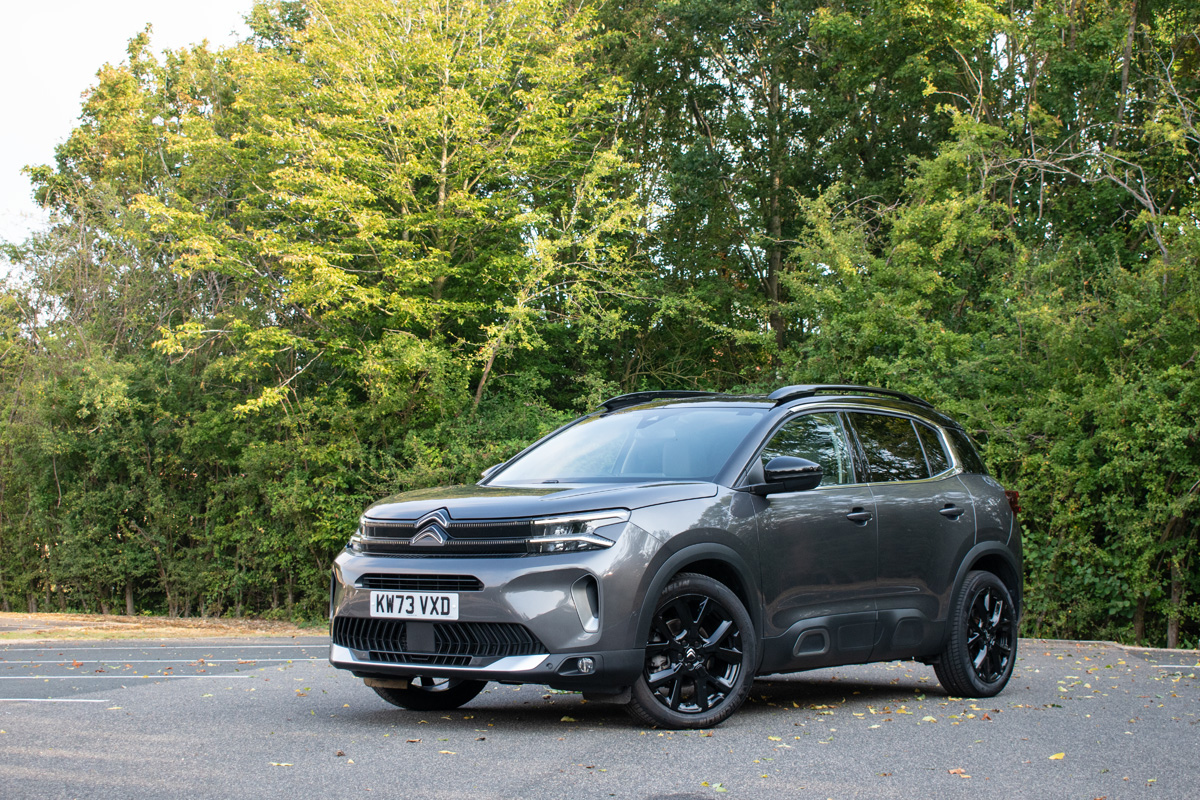
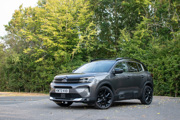
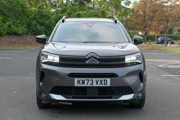
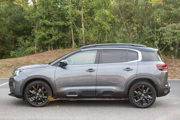
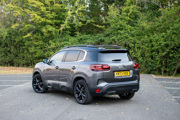
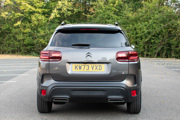
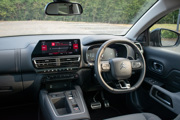
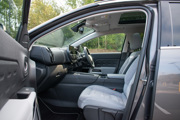
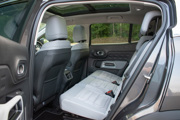
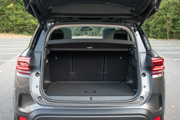
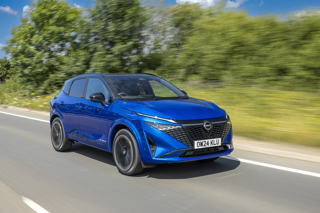

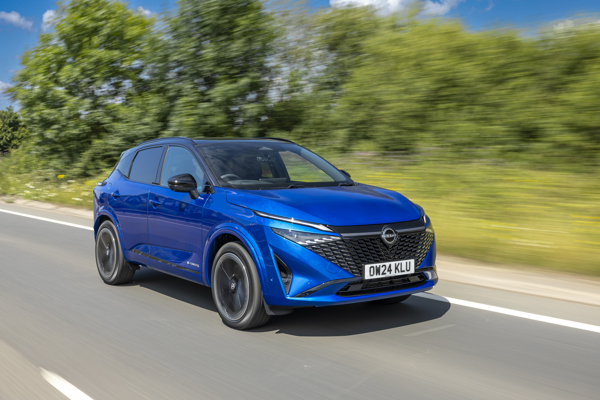
 Petrol
Petrol
